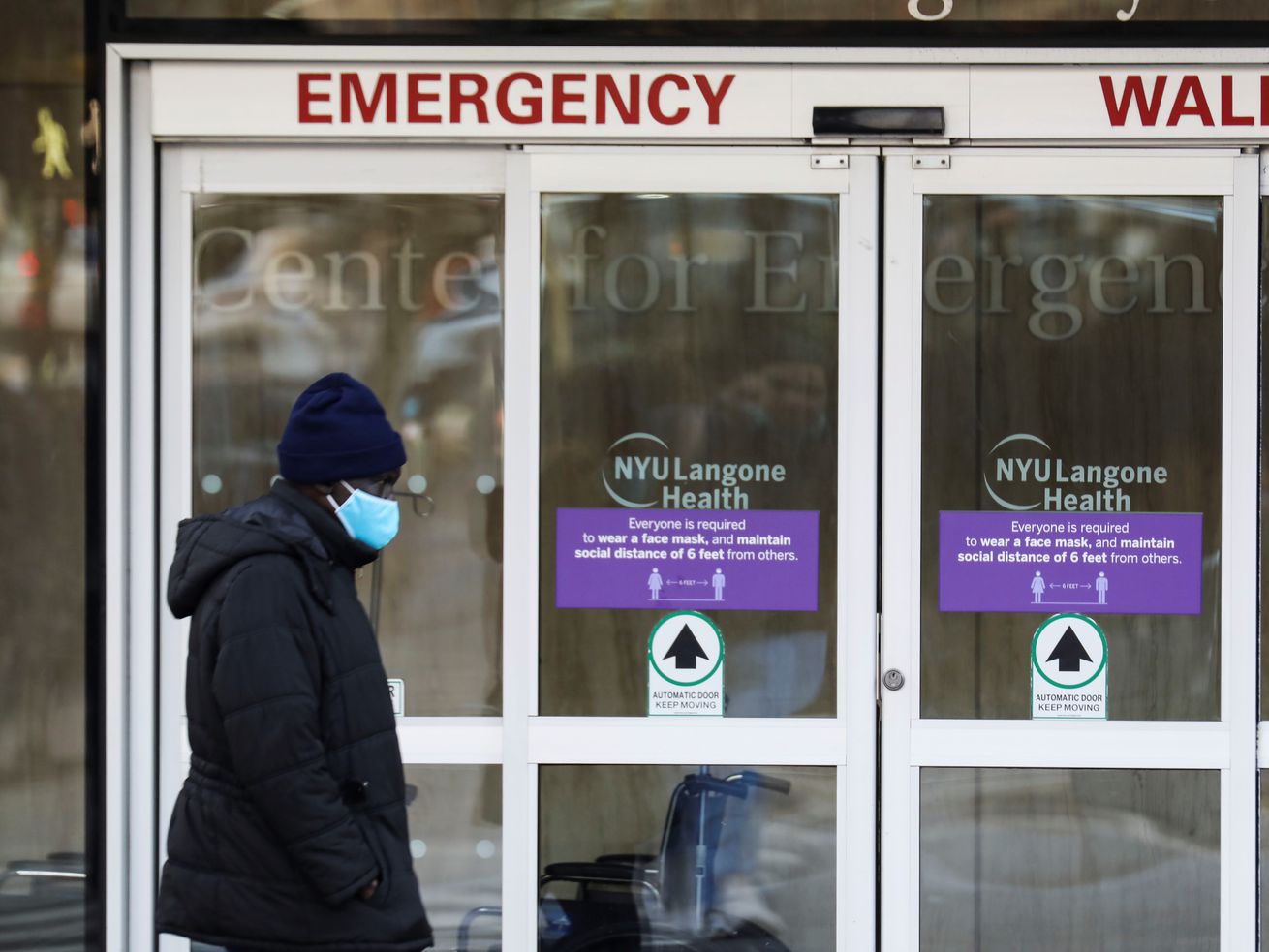
When public hospitals are taken over by private companies, people on Medicaid are left worse off.
Over the past four decades, US hospitals have gradually moved from public hands to private ones. The share of hospitals owned and operated by a government body — as opposed to a private entity, either a for-profit enterprise or a nonprofit — declined by 42 percent from 1983 to 2019.
That trend has brought serious consequences for the poorer patients who seek care at these hospitals. When private companies assume control of public hospitals, low-income patients on Medicaid lose access to health care, according to new research on this longstanding but under-analyzed trend in American health care.
A new National Bureau of Economic Research working paper by academics from Stanford, Michigan State, and Penn reviewed the consequences of the 258 hospital privatizations from 2000 to 2018 they could identify using national data. (As there were a little more than 1,000 public hospitals in 1999, that would mean one-fourth of all US public hospitals were privatized over the period they studied.)
These researchers found that after a private company took over a hospital previously controlled by the government, the hospital becomes more profitable. As a public hospital, these facilities lost about $335 on average for every patient. As a private hospital, they earned about $740 per patient.
In an ideal world, hospitals could be operating more efficiently, and therefore more profitably, without sacrificing access to health care. And the researchers do find that the hospitals achieve greater profitability in part by reducing spending on administrative and support personnel rather than people most directly involved in patient care. There was no meaningful reduction in nursing staff, for example, after the transfer of control.
But the other way in which these hospitals increased their profitability is more worrisome. Hospitals taken over by private companies saw an 8.4 percent decrease in overall patient volume, partly the result of hospitals reducing their capacity in a likely bid to improve efficiency.
Admissions for Medicare dropped by only 5 percent, a statistically insignificant change, according to the researchers. But Medicaid admissions fell by 15 percent, as did the decline in “other” admissions (which include the uninsured and private insurance, with the former representing another unprofitable business line for hospitals). Though Medicaid patients made up 20 percent of patient volume at these hospitals, they accounted for 30 percent of the drop in admissions after privatization.
“These patterns are consistent with private owners wanting to reduce the share of Medicaid and Other patients at their hospital in order to increase mean revenue per patient,” write the paper’s authors.
I asked the authors what hospitals turning away Medicaid patients might look like in practice. They could only speculate, as that was beyond the scope of the paper, but Mark Duggan at Stanford told me that perhaps the most straightforward way would be for them to decline to renew their Medicaid contracts, taking the hospital out of the provider network for Medicaid patients. Atul Gupta at Penn also said that they could cut certain lines of service, such as psychiatric care, that are more frequently used by Medicaid patients. Or they could decline to admit Medicaid patients; while they are obligated to stabilize a patient in the emergency room, they have more discretion about which patients to actually admit into the hospital.
In theory, fewer Medicaid patients could mean simply that there are fewer unnecessary hospitalizations. But the researchers tested that idea by examining what happened to patient volume across an entire area when a hospital was privatized. They found patients with Medicare or private insurance were absorbed by the neighboring hospitals — but Medicaid admissions dropped across the region.
In other words, when newly privatized hospitals decreased admissions, the patients with more lucrative health insurance were picked up by other facilities, which would suggest they still had clinical needs that the market then rose to meet. But Medicaid patients, whose insurance is not as generous, simply lost access to health care.
“The aggregate decline in Medicaid volume potentially hurts its effectiveness as a social insurance program that ensures access to medical care for vulnerable low-income beneficiaries,” the researchers write. “Privatization therefore emerges as a channel that may curb utilization of care by Medicaid beneficiaries.”
The consequences of hospital privatization for Medicaid patients have gained more importance given the recent expansions of Medicaid eligibility. Medicaid has now grown to become the single largest health insurer in the United States, covering more than 90 million Americans (including the related CHIP program that covers kids). But, as the authors noted in their analysis, that rise in enrollment has not been matched by a commensurate increase in hospital admissions by Medicaid patients. Their findings may help to explain why.
Medicaid is vital to the US safety net, providing zero-cost insurance coverage for low-income Americans. It also has its problems, with low reimbursement rates leading fewer doctors to accept Medicaid patients. One of the most interesting research papers from last year found that supposedly “adequate” physician networks for people enrolled in Medicaid managed care plans (which are overseen by private companies) were not as robust as they first appeared to be.
Giving people Medicaid coverage is the first step to making sure vulnerable Americans get the health care they need — but it is only the first step. They need to find doctors and hospitals that will accept their insurance and treat them. That has been a longstanding struggle because of the program’s low reimbursement rates, which are substantially less than Medicare or private insurance.
And, according to this new research, the trend toward hospital privatization is making the problem worse.
